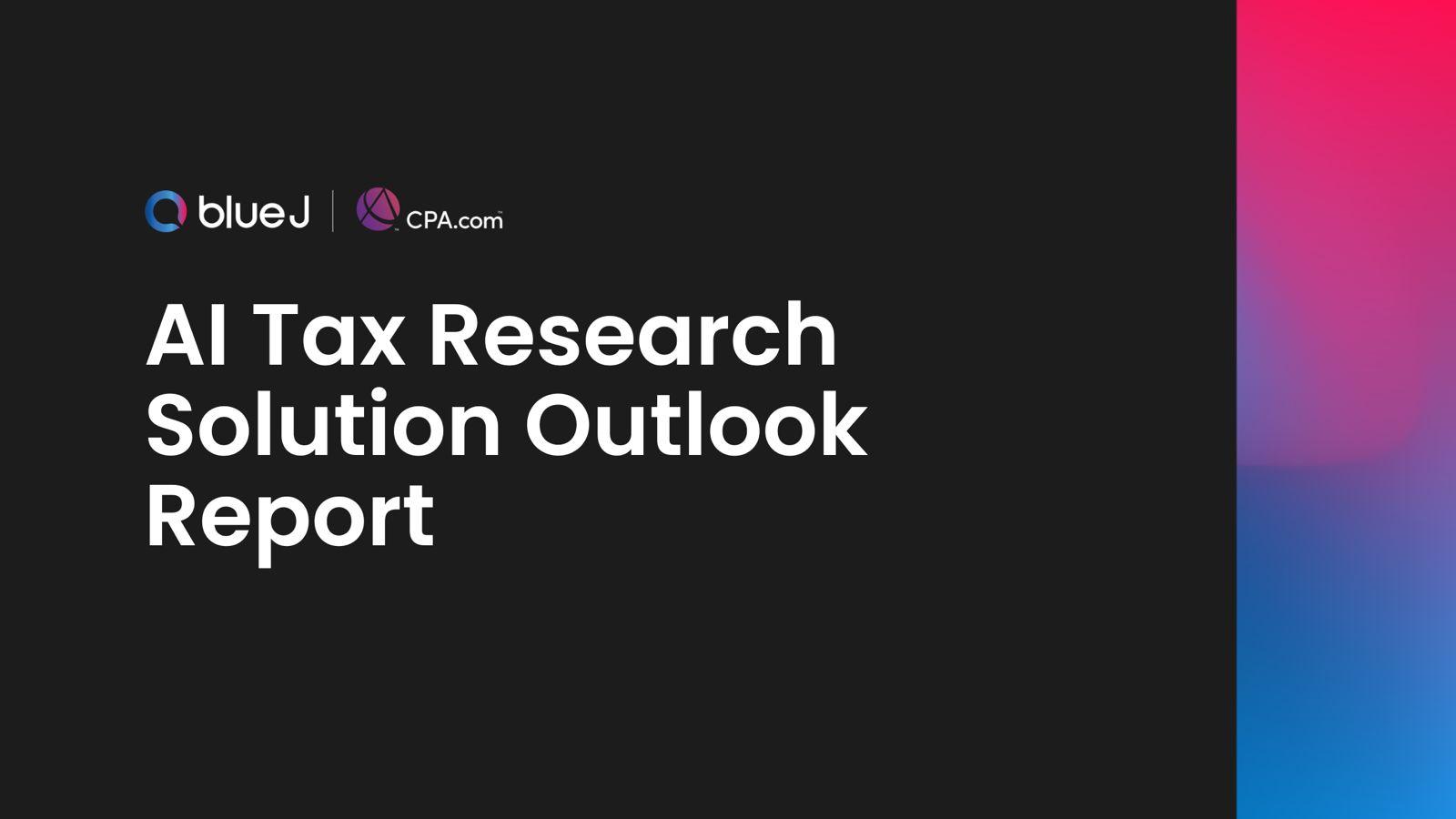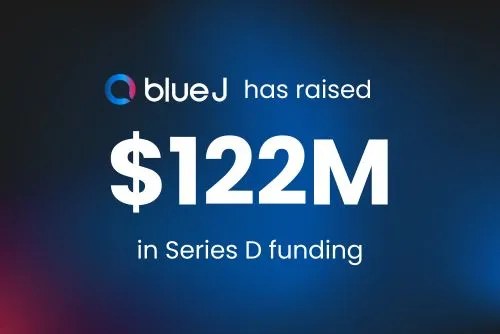
Now that H.R.1 (AKA OBBBA) has passed, tax experts not only need to adapt to massive changes in US tax, but they also need to communicate these changes to clients. As a headline piece of legislation, H.R.1 has attracted a lot of attention from tax experts and non-tax experts alike. So even if your clients haven’t come to you with questions yet, they likely have them. Keeping up with these questions requires more than just ad hoc responses; it requires a solid communications strategy.
To help you create a communications strategy that delivers clarity, strategic guidance, and proactive solutions in the face of new statutory provisions, compliance challenges, and ongoing uncertainties, we’ve put together answers to your most common comms questions. We’ve also included some tips for using Blue J—which now contains both the tax provisions of H.R.1 and revised statutory provisions in our curated library—to support your communications efforts.
Where Do I Even Start?
Simply put, start with the source. If you want to communicate effectively, you need to understand the source material deeply. While summaries and news articles offer a helpful starting point for approaching this intimidatingly large piece of legislation, there’s no replacement for a deep dive into H.R.1’s legislative text to review the statutory language. After all, the statutory language contains the details, exceptions, and effective dates that will matter most to your clients. By grounding your advice in the actual text, you’ll be able to answer client questions with confidence and accuracy.
Blue J Tip: To begin narrowing your research, try asking Blue J which key themes of H.R.1 are most important to large corporations, SMBs, individuals, etc.
Who Should I Be Communicating With?
H.R.1 made headlines for months before it passed, so chances are practically all of your clients are well aware of this law and ready to ask questions. As such, everyone from individual taxpayers to large corporations should be on your send list. But how and what you communicate with these different client types is likely to vary. Because H.R.1 covers a broad array of tax topics—some of which may be more relevant to your clients than others—segmenting your communications will make this process more approachable for both you and your clients.
Blue J Tip: To begin narrowing your research, try asking Blue J which key themes of H.R.1 are most important to large corporations, SMBs, individuals, etc.
Some of the top tax topics you might consider including in your communications are:
Key Topics for Large Corporations
- Extension and alteration of TCJA provisions, including new section 951B and changes to section 250
- Permanent section 168(k) bonus depreciation and new section 168(n)
- Research and development expensing in new section 174A
- Enhancement of section 163(j) business interest deduction
- Phaseout of energy tax credits and deductions
Key Topics for Small and Medium Businesses
- Extension and alteration of TCJA provisions
- Research and development incentives
- Reporting and compliance changes
- Employee retention credit enforcement
- Expansion of opportunity zones and other credits
- Accelerated phase-out of electric vehicle and energy credits
Key Topics for Individual Taxpayers
- Extension and enhancement of the standard deduction and individual tax rates
- Changes to SALT deduction cap
- Changes to the child tax credit and other family benefits
- Deductions for tips, overtime, and car loan interest
- Limitations and modifications to itemized deductions
- Charitable contribution deduction for non-itemizers
- Reforms to tax credits and exclusions
- New and enhanced savings vehicles
- Accelerated phase-out of electric vehicle and energy credits
- Bonus deduction for seniors
- Reporting and compliance changes
When Should I Be Communicating with Clients?
In order to address the many different aspects of this landmark piece of legislation, you’ll need to start sending out communications as soon as possible. However, you can’t simply stop there. As technical corrections, IRS guidance, regulatory guidance, and the actual tax changes themselves roll out, aim to send ongoing touchpoints to go out alongside these to ensure clients are continually apprised of the most current state of the rules applicable to them. Of course, you’ll also want to set aside resources for ad hoc communications that can’t be scheduled in advance, for all those ‘quick questions’ your clients will still come to you with.
Blue J Tip: In Blue J, you can query H.R.1 directly on the effective dates of various provisions, allowing you to consider provisions that apply this year compared to changes that will be applicable next year.
How Can I Best Share These Updates With Clients?
H.R.1’s effective upheaval of US tax law can be overwhelming—even for tax experts. To get past the initial overwhelm, you’ll need to really prioritize client comprehension in your communications. Aside from avoiding the overuse of tax jargon, you’ll also want to choose mediums that make the most sense for your message. Some clients may prefer detailed memos, while others respond better to webinars, short videos, or infographics. For the really essential information—like updating withholding, adjusting estimated payments, or gathering new documentation—make sure to emphasize the next steps clients need to take. Reiterating the action items will help prevent these from getting lost in the shuffle.
Blue J Tip: Leverage Blue J’s automated drafting to prepare initial drafts of emails, memos, and other communications, using prompts to tailor the tone, style, and length for your clients.
What’s Next?
While adapting to H.R.1 will undoubtedly be a challenge, communicating those changes to clients is a challenge in its own right. By starting with the source, segmenting your research, timing your communications, and focusing on client comprehension, you’ll be in a good position to keep clients up to date on how you’re helping them to navigate this new era of tax.
If you’re interested in accelerating client communications for H.R.1, Blue J’s automated drafting can help you get past the blank page with high-quality first drafts of emails, memos, and more.
Learn more
Ever wonder what better tax answers actually look like? Explore Blue J’s Tax Research Hub.

Stay up to date












